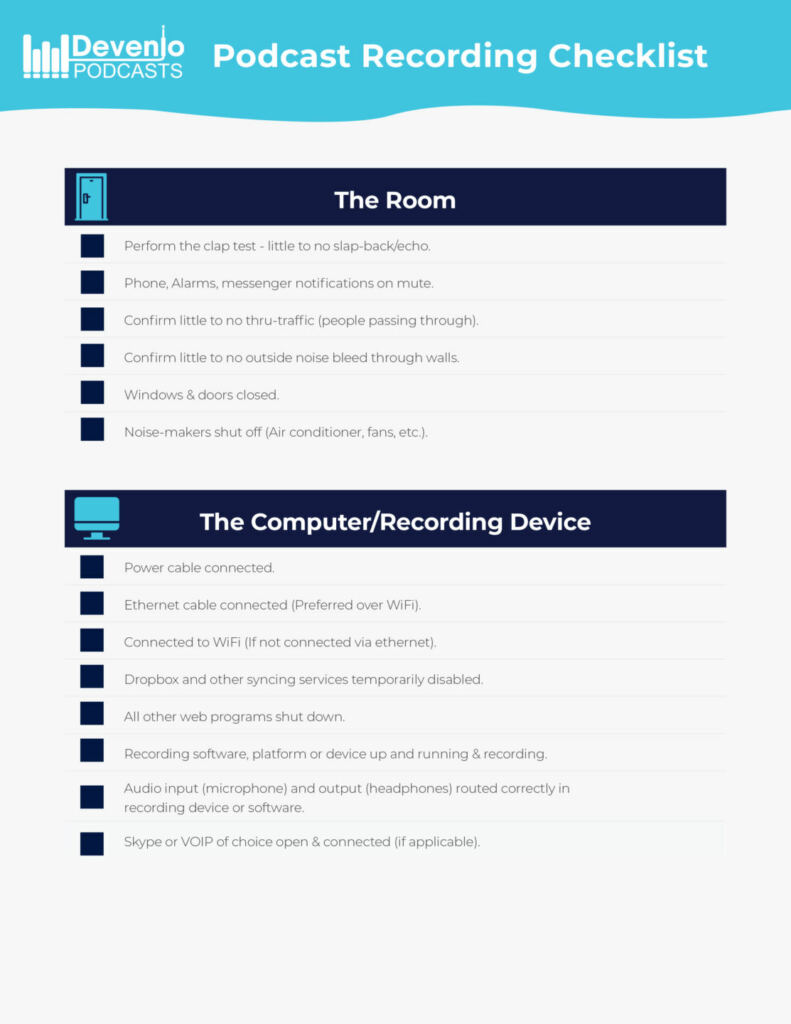Whether you’re new to podcasting or a seasoned pro, your episode publishing strategy will always be one of the most important keys to your success. Luckily, you have a few options to choose from when setting up your publishing schedule.
You can choose to maintain what we call an “ongoing” strategy, where you release your episodes on a consistent basis throughout the year, without any large breaks. Or, on the other hand, you can choose to group your episodes into a seasonal structure where you release a grouping of 10 to 12 episodes in a season before taking a publishing break as you prepare for the next season.
Both of these options come with their pros and cons, but if you decide to go with a seasonal strategy, you’ll want to take a hard look at your content and try to find ways to connect each episode so that your entire season feels comprehensive. This helps give each season its own identity, and keeps listeners wanting more from episode to episode.
This is sometimes easier said than done, but luckily we’ve compiled three creative ways you can strategically align your episodes within the framework of a seasonal podcast so that it feels cohesive and engaging.
1. Utilizing Themes for Cohesion and Audience Targeting

Themes are a great way to keep your podcast episodes cohesive and provide structure to your content. This is a great strategy for organizations that have multiple target audiences and might want to heavily focus on one of them, in particular, for a period of time.
For example, if you’re in the EdTech space and you serve both teachers and administrators, it’s pretty obvious that their pain points, while overlapping from time to time, will be vastly different from each other. Providing a season of 12 episodes focused on in-classroom challenges for teachers will give your season a theme throughout and encourage them to tune in for each episode. You can then follow up with a season two, zooming out and taking a more high-level look at schools, providing engaging episodes for administrators to enjoy. Both seasons focus on the education industry, but each season has its own theme.
Incorporating theme-based seasons into your podcast strategy can significantly benefit your content creation process and audience engagement. Thematic episodes offer a clear direction and purpose, making planning and producing cohesive content easier. This alignment attracts niche audiences interested in the topics and improves retention by providing consistent and valuable listening experiences.
2. Crafting Your Podcast as a Narrative Journey

While seasonal themes are a good starting point, a great way to take the next step is approaching your episodes as a narrative journey. By breaking up your storyline into multiple episodes, you’ll encourage your audience to tune in week after week to get the full story.
Start by identifying the overarching narrative you want to tell over the course of the season. Next, map out individual episode topics that fit within this larger narrative. This allows you to explore different facets of the theme in a structured manner, building upon previous episodes and creating a cohesive listening experience.
For example, if your podcast theme is “New Beginnings,” you can focus your season on a single story of someone who launched themselves into a career change and how they found success. Start the beginning of the season with setting up the status quo, you can then tell their story episode to episode on why they decided a change was needed, how they set their goals, overcame challenges, and embraced change to find their success. Each episode can provide unique insights and perspectives while contributing to the overarching narrative of starting anew. This approach keeps your audience engaged as they can’t wait to tune in to the next episode to find out what happens next!
Implementing seasonal strategies that focus on storytelling can be a powerful tool to maintain continuous listener engagement. When you use your episodes to tell a larger story, you create a more immersive and emotive experience for your audience.
3. Transforming Your Podcast into an Educational Course

Seasonal podcast strategies can be a great opportunity to create an educational course for your audience. Each episode can be a hyper-focused, deep dive into a specific topic, providing your listeners with info they won’t find anywhere else!
For example, if your podcast is focused on personal finance, you can publish an episode that takes a deep dive on budgeting and another one on investment portfolio management . You can then offer supplementary resources such as worksheets or quizzes for listeners to apply the information they’ve learned in real life. This adds value to your podcast, positions you as an expert in the topic, and can attract sponsorships or collaborations with other professionals in the field.
With this strategy, it’s crucial to consider your audience’s level of knowledge on the particular topic and the progression you want them to take. For example, if your podcast is focused on basic marketing strategies, you’ll want to start your first episodes with a marketing 101 approach. As the season progresses, your audience will grow alongside you as you dive deeper and deeper into more advanced marketing concepts.
This approach also offers the potential to monetize your podcast through additional resources or exclusive content for those who enroll in the course. You can also use your podcast to promote other educational materials or courses you offer, further diversifying your revenue streams.
If you decide to utilize this strategy, it’s more important than ever to engage with your audience on a regular basis. A great way to do this is through “Office Hours” and Listener Q&As. Office Hours allow you to set aside dedicated time, either on a livestream with a group or one-to-one on a Zoom call, where your audience can ask questions, provide feedback, or just have a conversation. This direct line of communication makes your audience feel valued and heard, fostering a stronger community around your content.
Listener Q&As, on the other hand, are segments of your show where you address questions submitted by your audience via email or on a form. Listener Q&As are a great way to engage with your audience indirectly and enable you to provide content that is directly relevant and interesting to them.
Both methods show your commitment to your audience and help build a more engaged and dedicated community.
So What Will You Choose?
Incorporating seasonal themes, crafting a narrative journey, and transforming your podcast into an educational course are all effective ways to optimize your seasonal podcast strategy. By utilizing these methods, you can create cohesive and engaging content that resonates with your audience and keeps them returning for more.
What are you waiting for? Go ahead and start planning for your next season – the possibilities are endless! With a well-thought-out seasonal strategy, you can elevate your podcast from just another audio show to a dynamic and impactful medium continuously evolving with its audience’s interests.




